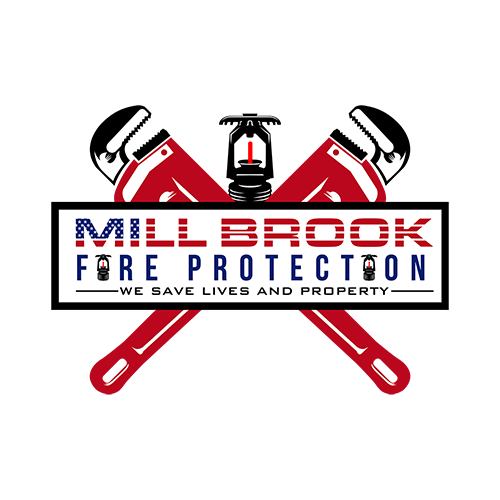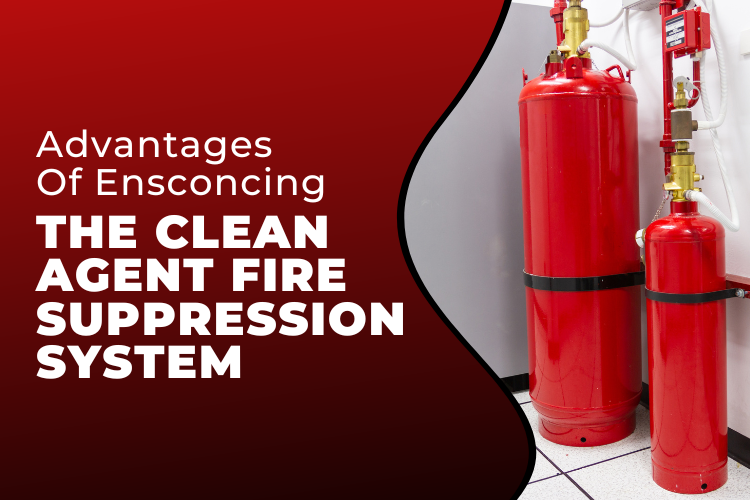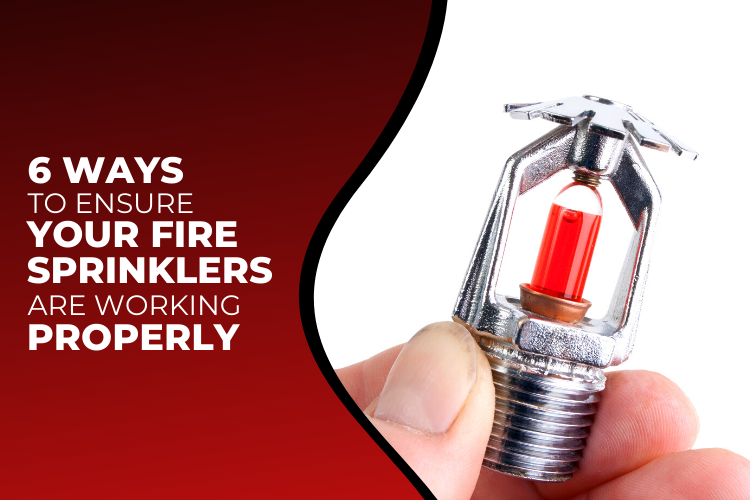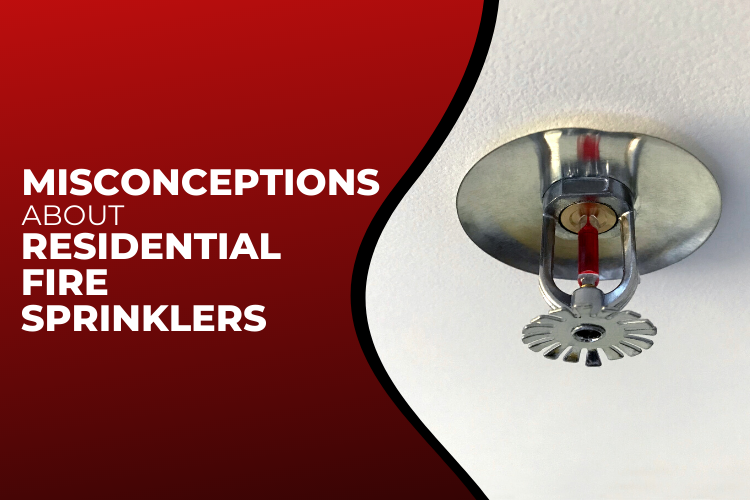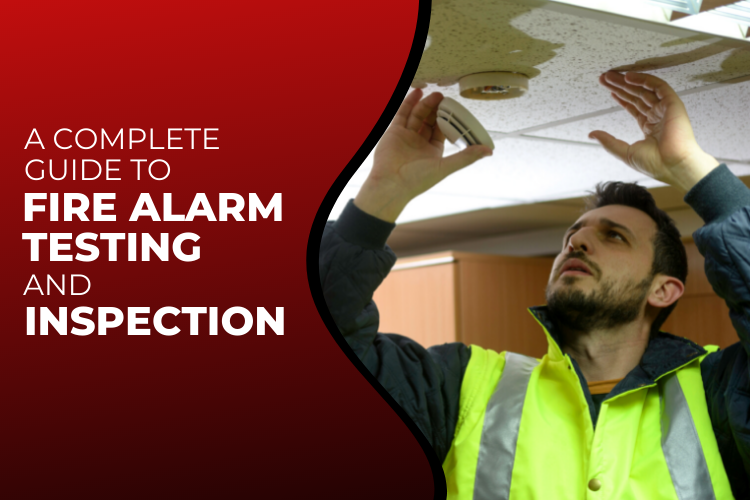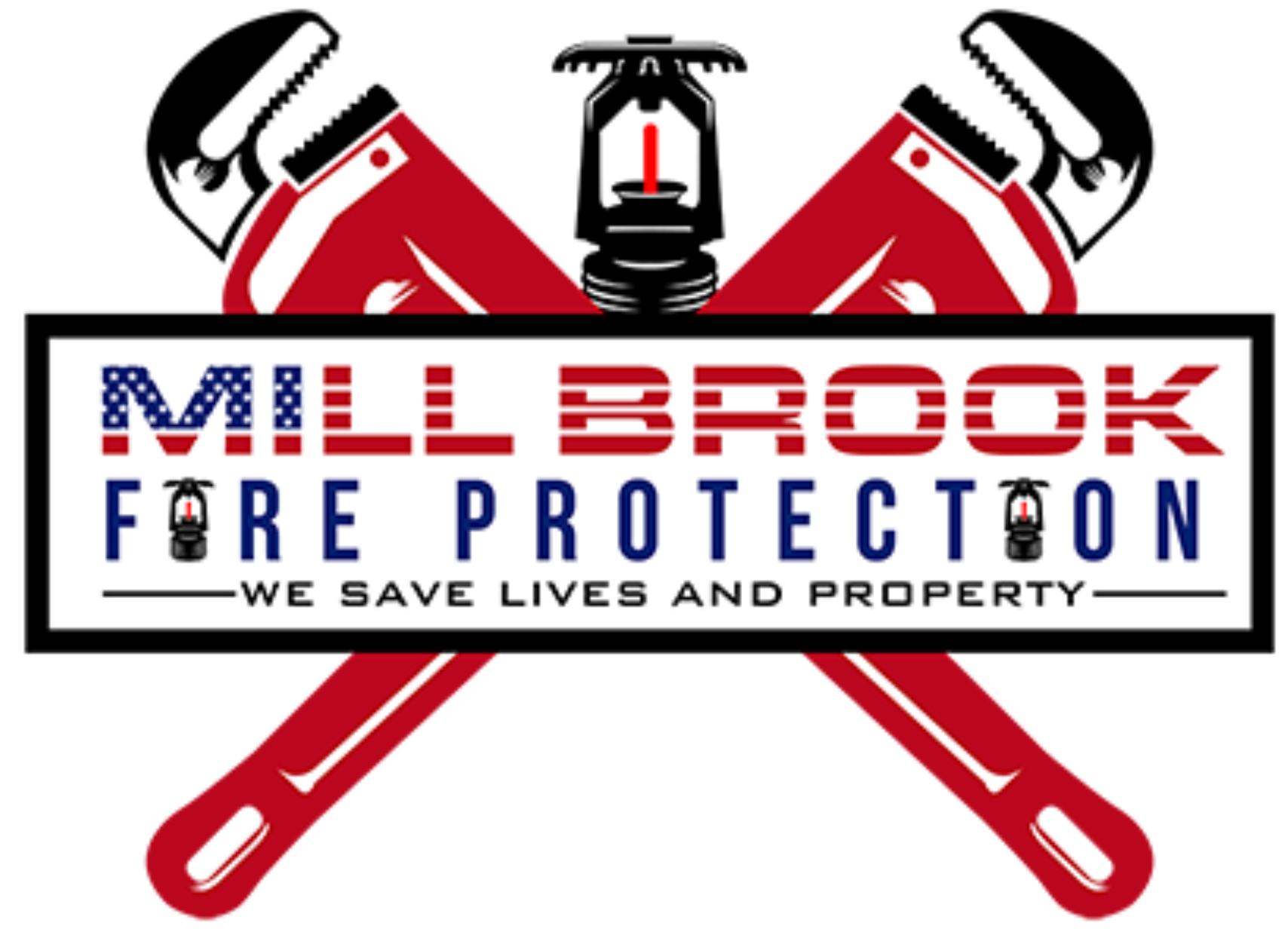
How to Prevent Industrial Fire Accidents?
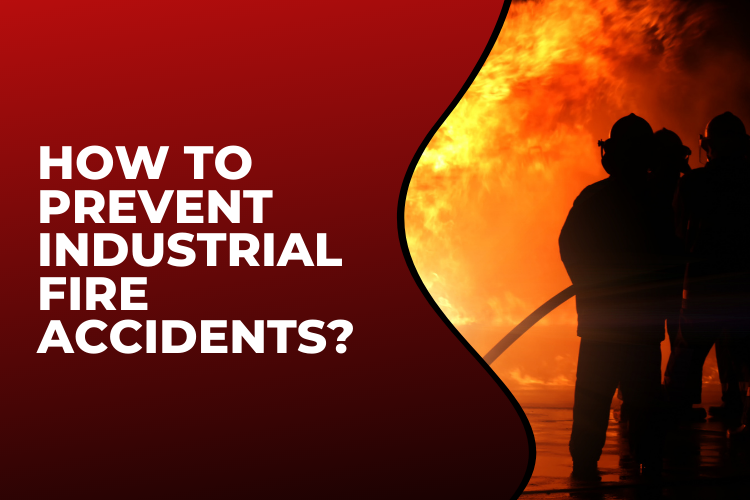
According to the NFPA, between 2011 and 2015, an average of 37,910 fires occurred each year in manufacturing and industrial facilities. These industrial fires have killed 16 civilians, injured 279, and caused more than $1 billion in direct property damage. Although fires occur for multiple reasons, one of the main causes is that managers and employees are not aware of the various hazards in the facility.
Fire is a serious problem and prevention is essential to avoid injury, death and property damage. A significant part of prevention is knowing the risks in your facility and managing them properly. Since fires and explosions are generally preventable, the consequences that establishments face with these incidents are severe. In one case, a worker was injured while working on a vacuum cleaner that caught fire, and OSHA fined the company nearly $150,000.
Here are common causes of facility fires and explosions – and how to avoid them.
Firstly, let’s talk about,
Major Causes of Fire Accidents:
According to the NFPA, there are five main causes of fires. You need to focus all your energy on these five causes to prevent fires from happening.
• Flammable Dust
• Hot Work
• Flammable Liquids and Gasses
• Equipment and Machinery
• Electrical Hazards
But that doesn’t mean you can ignore other, even minor, causes. You must watch out for any potential fire hazards that could turn into a fire accident.
Here’s How to Prevent Fires and Explosions:
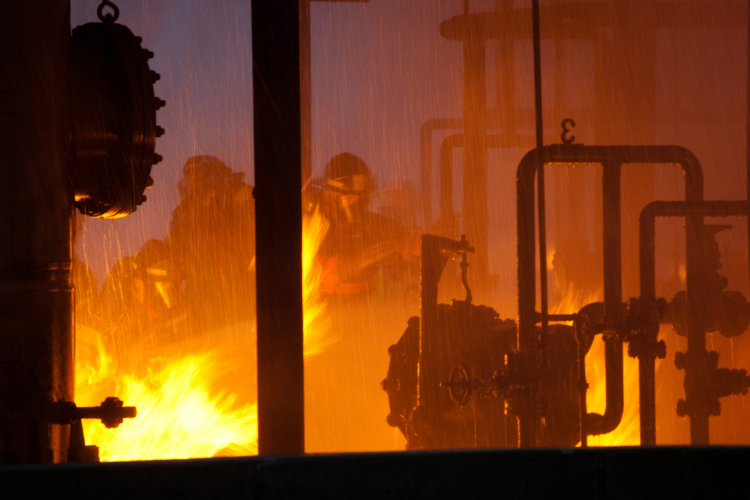
1. Conduct a Hazard Analysis
A Dust Hazard Analysis (DHA) is one requirement of NFPA 652, known as the Standard on the Fundamentals of Combustible Dust. It is a tool meant to help improve industrial plant safety by determining combustible dust hazards, so that facility owners and managers can improve their industrial fire safety.
A DHA is useful for inspecting the entire facility for hazards even though it is a standard specified in NFPA 652. It will help to pinpoint
what areas of the facility pose the greatest risks in safety, and Identify those risks that can be improved and eliminated to make your facility safer and avoid serious fines and penalties from OSHA.
2. Train Employees on Fire Safety
In general, training is essential for employee safety, and in particular to help prevent industrial fires. Industrial fire safety training should include general safety and specific job safety.
Staff must be trained in:
• Causes of fires and explosions
• How they spread
• Detection hazards
• Handling and storage of flammable materials
• Fire Prevention
Fire prevention should also include appropriate cleanup techniques to ensure that materials such as combustible dust do not accumulate where they could pose a hazard. Fire safety training should also cover what to do in the event of a fire, from extinguishing it to safely evacuating all personnel.
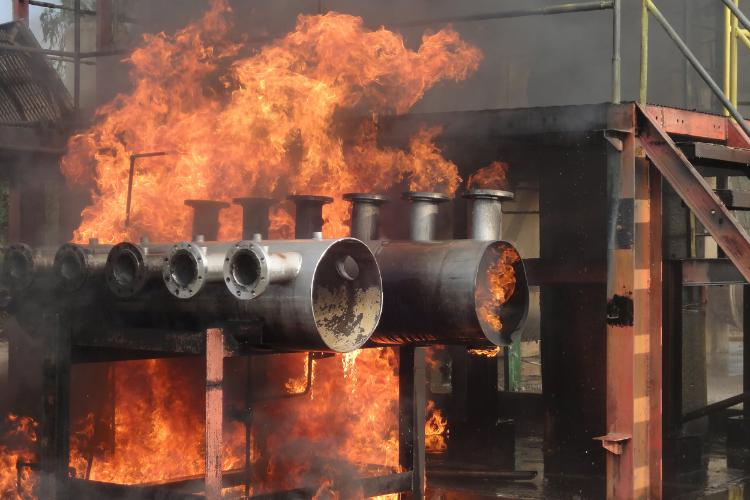 3. Good Hygiene Practice
3. Good Hygiene Practice
The fire safety industry also indicates that good hygiene is essential to prevent fires. OSHA has good governance guidelines that establishments are required to follow by law. These guidelines are intended to maintain a clean, safe, and hygienic facility.
These include:
• Keep paper and other flammable materials away from sources of electricity and heat.
• Store flammable substances safely.
• Report problems or problems with the device as soon as possible.
Using properly certified cleaning equipment is also an important part of OSHA guidelines. While there are different types of equipment, industrial vacuums are essential to keeping facilities clean, and Hafco Vac offers high quality certified industrial vacuums that are ideal for fire prevention.
Housekeeping guidelines are mandatory and can result in significant fines for violations.
4. Establishing Fire Protection Plans and Emergency Procedures
It is important to implement fire protection plans and procedures in case of an emergency. Industrial fire protection plans should cover all fire protection measures and all employees should be trained in prevention and emergency planning.
It should include a detailed evacuation plan that explains what employees should do and where they should go in case of an industrial fire. This plan should be made available to everyone and it should be practiced so that employees can better understand what to do in such situations.
It is also essential to keep these plans and procedures up to date, and to keep employees informed of the procedures at all times.
5. Inspect and Maintain your Equipment and Facilities
Poorly maintained equipment is a major contributor to industrial fires and explosions. Much of what the fire safety industry requires is the inspection and maintenance of all facility equipment.
Regular inspection and maintenance are required to ensure that the equipment is operating correctly and efficiently. All engines or moving parts should be lubricated to ensure there is no friction that can cause sparks and fires.
Inspections shall be carried out at least twice a year – or more, for regularly used equipment – and shall include all parts of the installation, including sprinklers, and fire extinguisher. All necessary repairs must be carried out immediately.
How can we implement Professional Safety Measures in your Industrial Plant?
Well, you can rely on Millbrook Fire Protection to inspect and suggest a schedule for fire alarm inspections for your property.
It is where our roots run. We provide fire protection equipment inspection and installation services to our customers in the commercial and residential marketplaces.
So, do not wait any further!
Our team will visit your premises and assist you in determining the most appropriate fire protection system that could assuredly meet your safety requirements.
To speak with a qualified professional, contact us today.
